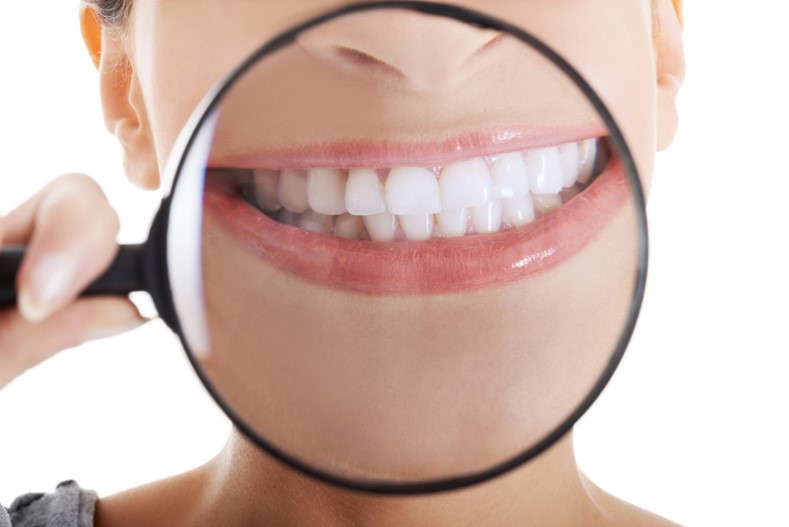The Composition of Teeth
Teeth are complex structures composed of several layers, each playing a crucial role in their function and durability:
- Enamel: The outermost layer of the tooth is called enamel, which is the hardest substance in the human body. Enamel is primarily made of hydroxyapatite, a crystalline form of calcium phosphate. This mineral-rich layer protects the inner parts of the tooth from physical and chemical damage. Despite its strength, enamel is not invincible; it can wear down over time due to factors like poor oral hygiene, acidic foods, and bruxism (teeth grinding).
- Dentin: Beneath the enamel lies the dentin, a yellowish, porous layer that makes up the bulk of the tooth’s structure. Dentin is less hard than enamel but still strong and resilient. It contains microscopic tubules that transmit signals to the nerve of the tooth, making it sensitive to temperature and pressure. Dentin is composed of minerals, collagen fibers, and water.
- Pulp: At the core of the tooth is the pulp, a soft tissue that contains blood vessels, nerves, and connective tissue. The pulp is vital during the development of the tooth, providing nutrients and sensory functions. In mature teeth, the pulp helps to nourish the surrounding dentin.
- Cementum: Covering the root of the tooth is the cementum, a calcified tissue that helps anchor the tooth within the jawbone by attaching it to the periodontal ligament. This layer is not as hard as enamel or dentin but plays a crucial role in supporting the tooth’s stability.
Why Teeth Don’t Regrow
Unlike other parts of the body, such as skin or bone, teeth have limited regenerative abilities. This inability to regrow or repair themselves is due to several factors:
- Lack of Cellular Regeneration: One of the main reasons teeth can’t regrow is the absence of living cells in the enamel. Enamel is composed almost entirely of minerals and does not contain the living cells needed for regeneration. Once enamel is damaged or lost, the body cannot naturally regenerate it.
- Complex Structure: The intricate structure of teeth, with multiple layers and specialized tissues, makes regeneration a complex process. While the inner dentin and pulp contain living cells, they lack the capacity to regenerate the entire tooth structure, especially the enamel.
- Evolutionary Factors: From an evolutionary perspective, the permanent nature of adult teeth may have been advantageous. The development of hard, durable teeth enabled early humans to process a wide variety of foods, which was crucial for survival. However, this durability comes at the cost of regenerative ability.
- Limitations of Stem Cells: While some tissues in the body, such as bone marrow, contain stem cells capable of regenerating different types of cells, teeth do not have a readily available source of such regenerative cells. Research in dental stem cells is ongoing, but practical applications for tooth regeneration are still in the developmental stages.
Visit Our Dentist in Fairfield, CT
While teeth can’t regrow once lost, advances in dental technology, such as fillings, crowns, and implants, offer effective solutions for restoring dental function and aesthetics. If you have concerns about your dental health, call Dr. Gary Horblitt at (203) 335-1011 for personalized advice and treatment options.

